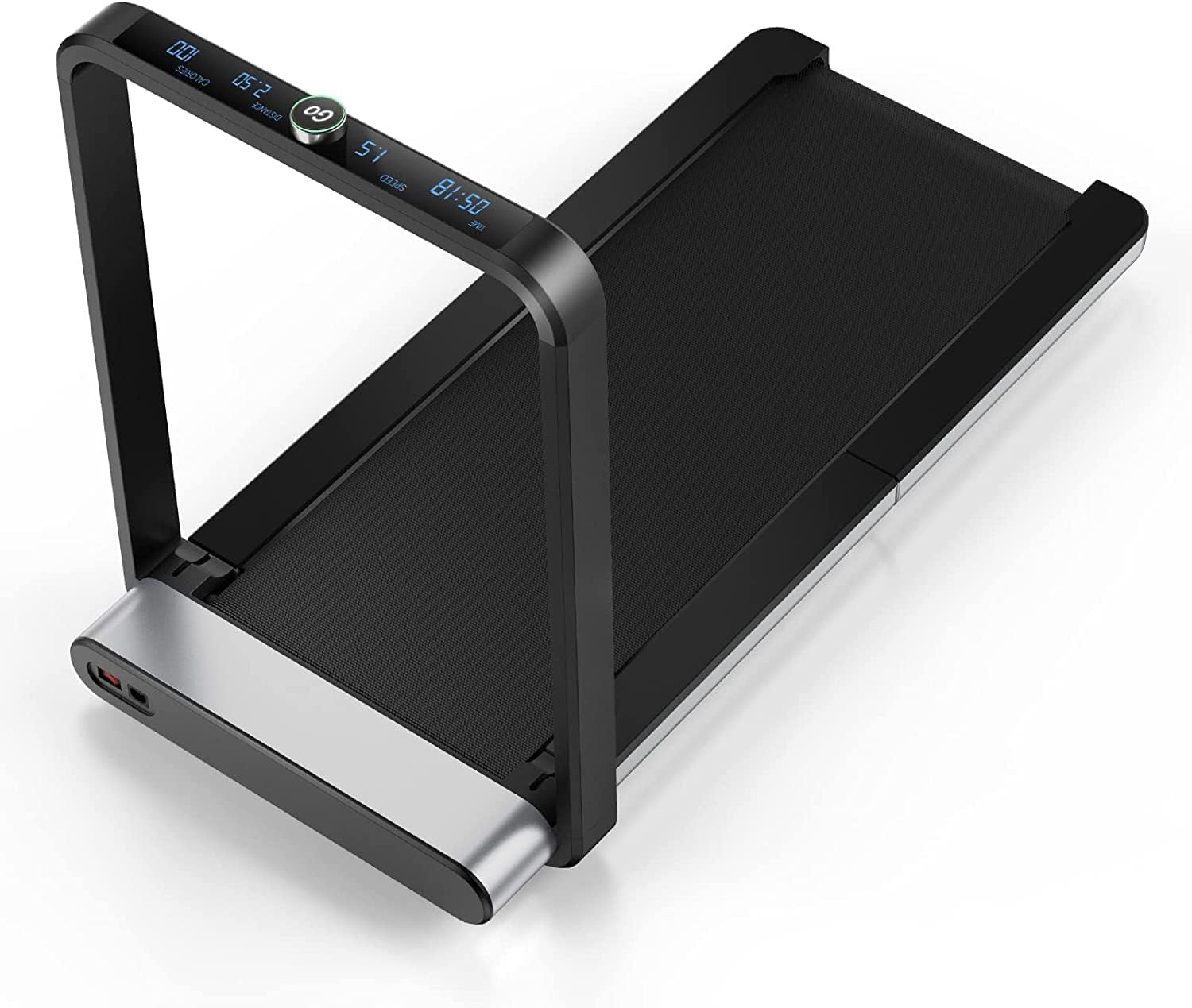I. Introduction
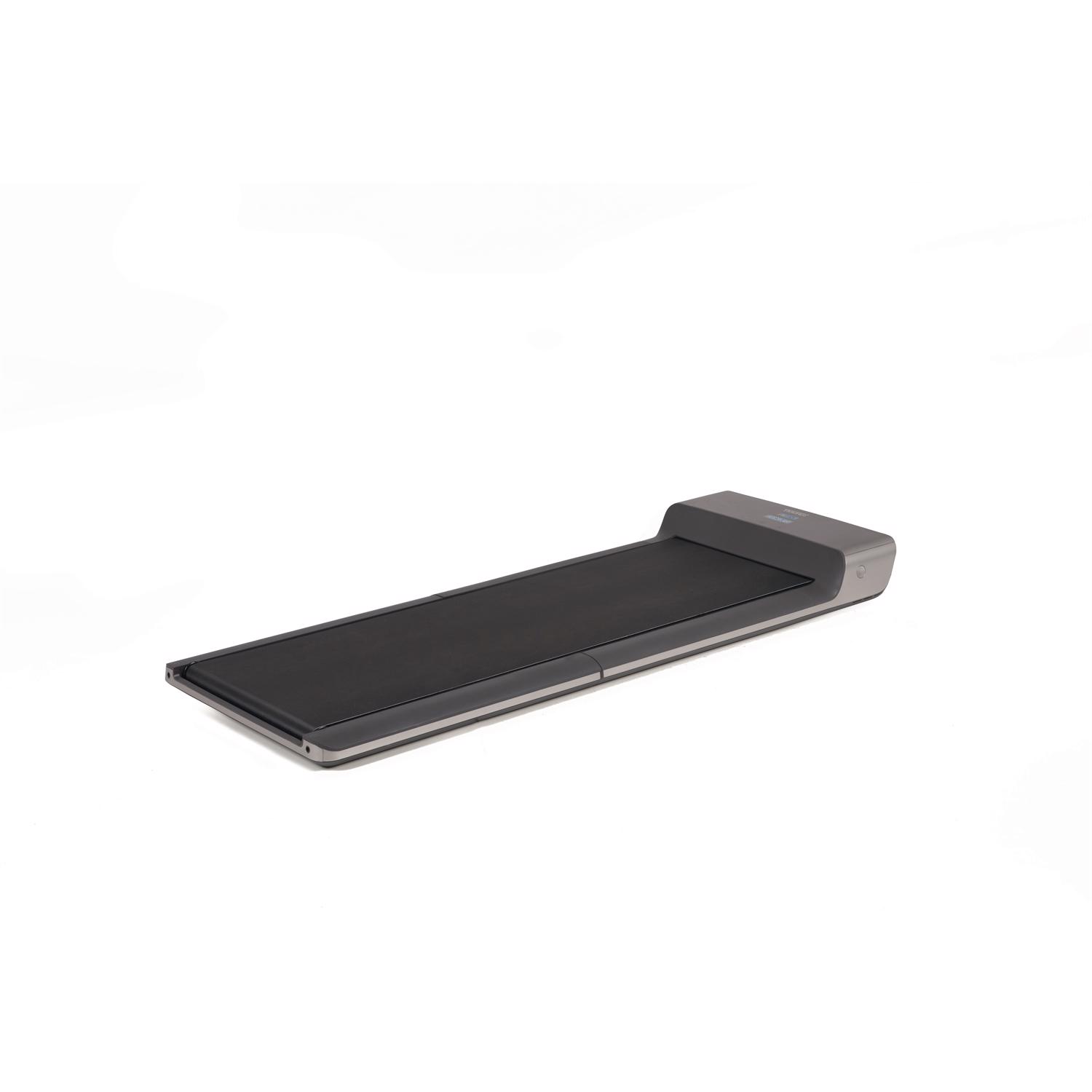
A. Importance of staying active at home and the significance of home exercise equipment
In recent times, the importance of staying active and maintaining a healthy lifestyle has become more evident than ever. Regular physical activity not only improves our overall health but also enhances our mental well-being. With the ongoing pandemic and the limitations on outdoor activities, finding ways to exercise at home has become crucial. This is where home exercise equipment comes into play.
B. Introducing the concept of walking pads as a versatile fitness tool
One such piece of home exercise equipment that has gained popularity in recent years is the walking pad. A walking pad is a portable and versatile fitness tool that allows individuals to engage in low-impact cardiovascular workouts from the comfort of their homes. It is compact and easy to use, making it an ideal option for those looking to stay active without the need for expensive gym memberships or large exercise equipment.
II. Walking Pads: Definition and Features
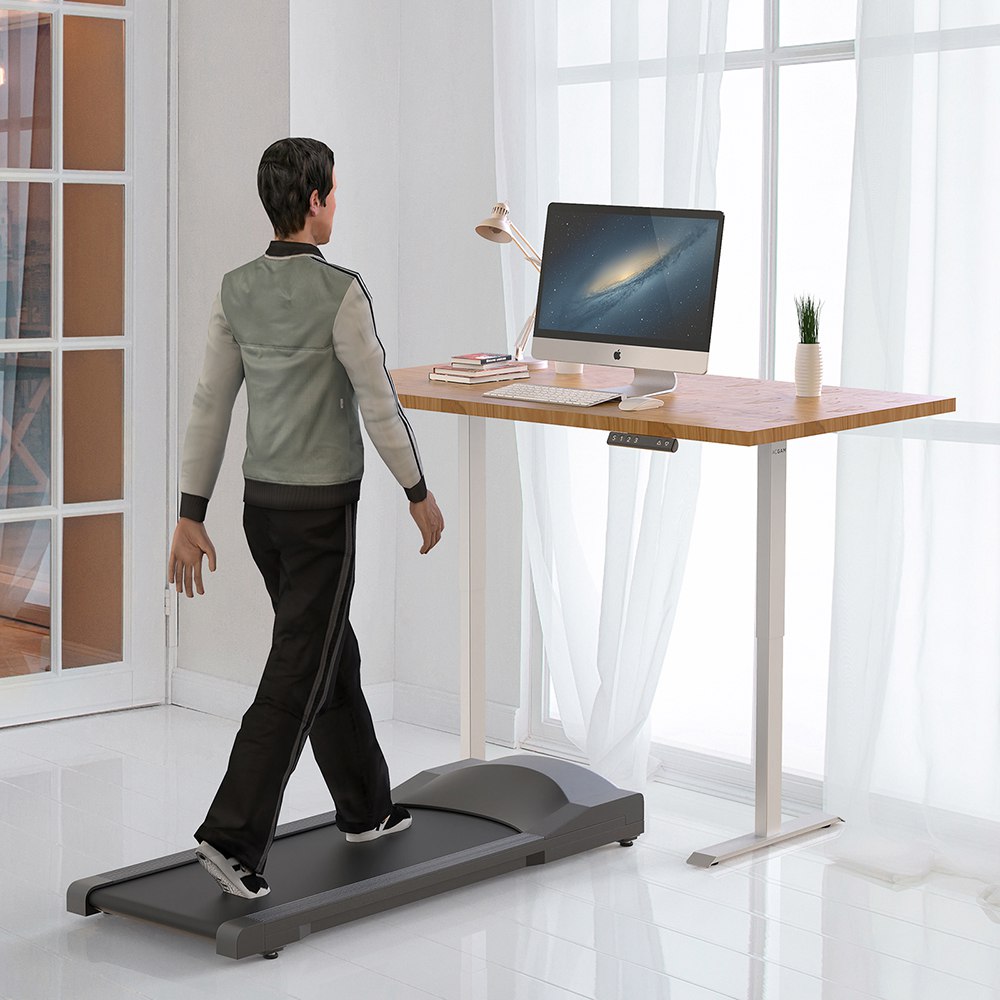
A. Understanding the basics of walking pads and their key characteristics
A walking pad is essentially a treadmill-like device designed to simulate walking or running on a flat surface. It consists of a narrow platform with a moving belt that enables individuals to walk or jog in place. Walking pads can be manual or motorized, with various speed settings and features. They are lightweight and foldable, making them easy to store and transport.
B. Exploring the different types and models available in the market
There are several different types and models of walking pads available in the market today, catering to different needs and preferences. Some walking pads are manual, meaning that individuals have to use their own body strength to move the belt. These are often more affordable and suitable for light to moderate exercise. Motorized walking pads, on the other hand, have built-in motors that power the movement of the belt, allowing for a smoother and more consistent walking experience. These are ideal for those who want to engage in more intense workouts.
III. Benefits of Walking Pads for Home Workouts
A. Enhancing cardiovascular fitness and endurance
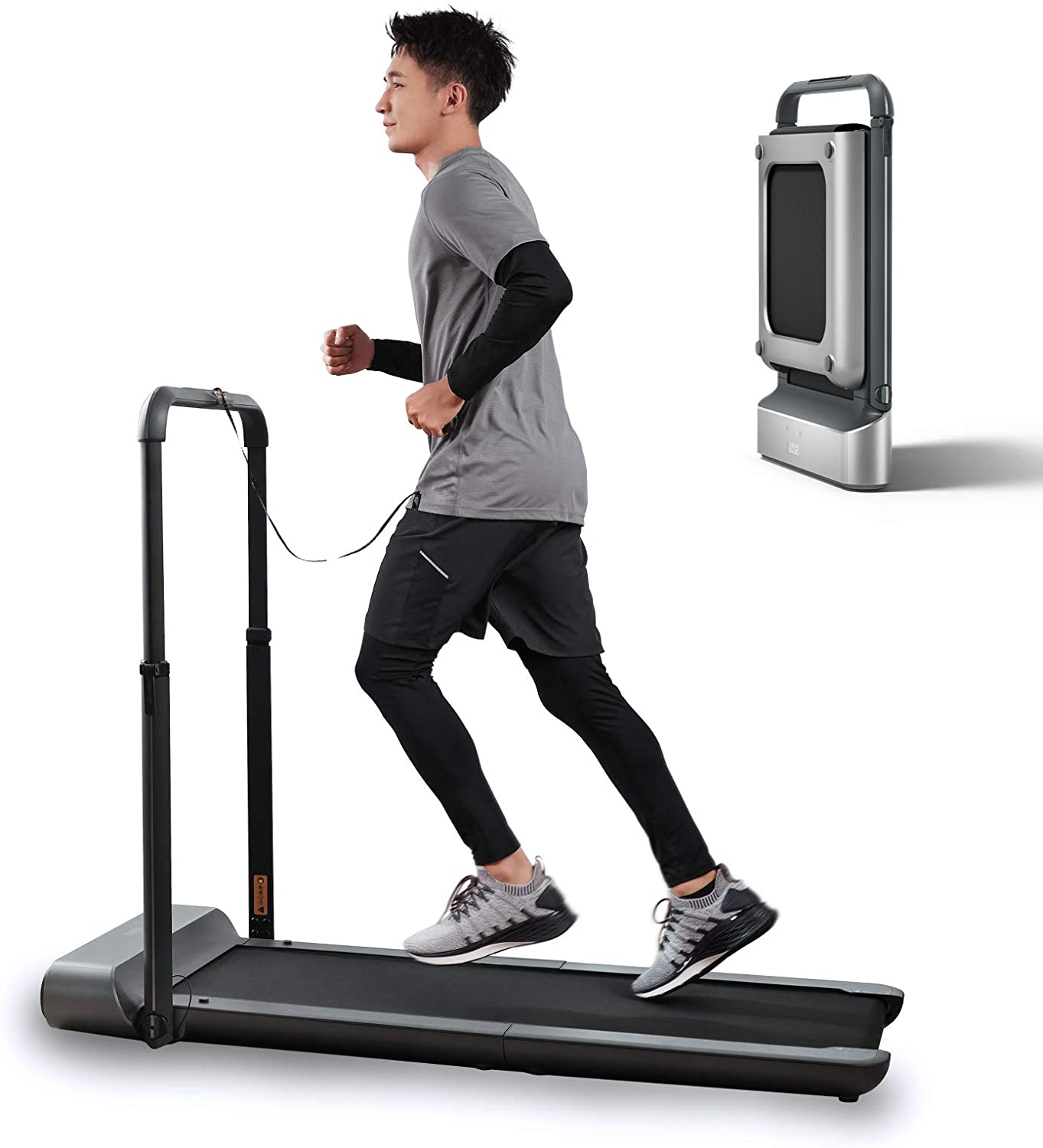
One of the primary benefits of using a walking pad for home workouts is the enhancement of cardiovascular fitness and endurance. Walking or jogging on a walking pad provides an excellent cardiovascular workout, which strengthens the heart and lungs. The low-impact nature of walking pads also helps reduce the strain on joints, allowing individuals to engage in prolonged exercise without discomfort.
- Lower impact on joints for prolonged exercise without discomfort
Compared to running on hard surfaces or using traditional treadmills, walking pads offer a significantly lower impact workout. The cushioned surface of the walking pad helps absorb shock and reduce stress on the joints, including the knees and ankles. This makes it an ideal exercise option for people with joint issues or for those who want to minimize the risk of injury during their workouts.
- Adjustable resistance levels for more challenging workouts
Many walking pads come with adjustable resistance levels, allowing individuals to customize the intensity of their workouts. By increasing the resistance, individuals can challenge themselves and elevate their heart rate, thus improving their cardiovascular fitness and endurance over time. This adaptability makes walking pads suitable for individuals of all fitness levels, from beginners to seasoned athletes.
B. Improving lower body strength and muscle tone
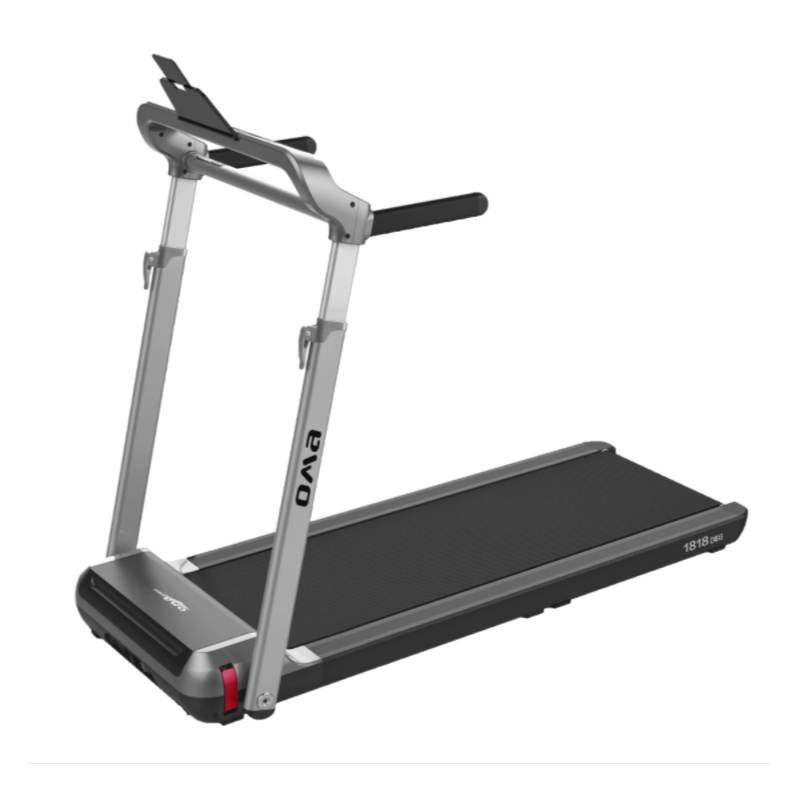
In addition to cardiovascular benefits, walking pads also offer advantages in terms of improving lower body strength and muscle tone.
- Engaging leg muscles with inclined walking and variations
Walking pads often come with the option to adjust the incline level, simulating uphill walking or climbing. This engages the muscles in the lower body, including the quadriceps, hamstrings, calves, and glutes, to a greater extent. By incorporating inclined walking into their workouts, individuals can strengthen and tone these muscle groups, leading to improved overall lower body strength and endurance.
- Targeted muscle activation with lunges and side steps
Walking pads also provide the opportunity to include additional exercises such as lunges and side steps, targeting specific muscle groups even further. Lunges, for example, engage the quadriceps, hamstrings, and glutes, while side steps focus on the inner and outer thighs. By incorporating these exercises into their walking pad workouts, individuals can achieve a more comprehensive lower body workout, effectively toning and strengthening specific muscle groups.
IV. Boosting Balance, Stability, and Coordination
A. Understanding the Importance of Balance and Stability for Overall Well-being
Balance and stability are fundamental components of physical well-being. They are essential for maintaining proper posture, preventing falls, and performing daily activities with ease. Good balance and stability also contribute to improved athletic performance and reduced risk of injuries.
B. How Walking on a Pad Improves Balance and Stability
Walking on a pad can be an effective way to improve balance and stability. The unstable surface of the pad challenges the body’s proprioceptive system, which is responsible for sensing body position and movement. By walking on an unstable surface, the body needs to constantly adjust and engage different muscles to stay balanced.
- Challenging the Body’s Proprioceptive System on an Unstable Surface
The cushioned and unstable surface of a walking pad forces the body to rely on its proprioceptive system to maintain balance. The proprioceptive system includes sensory receptors in the muscles, tendons, and joints that provide information to the brain about joint position and movement. By challenging this system, walking on a pad helps to improve the body’s proprioception, leading to better balance and stability.
- Incorporating Balance-Specific Exercises for Further Improvement
In addition to walking, individuals can incorporate balance-specific exercises into their routine on the walking pad to further enhance balance and stability. These exercises can include single-leg stands, heel-to-toe walks, and various yoga poses. By practicing these exercises regularly, individuals can strengthen the muscles involved in balance and develop better coordination.
V. Maximizing Calorie Burn and Supporting Weight Management
A. Exploring the Connection between Calories Burned and Weight Management
Calories burned through physical activity play a significant role in weight management. To maintain a healthy weight, it is important to balance the calories consumed with the calories burned. Engaging in activities that burn more calories can create a calorie deficit, leading to weight loss.
B. Increasing Calorie Burn with Walking Pads
Walking on a pad can increase calorie burn compared to walking on traditional surfaces. Walking pads often offer adjustable speeds and resistance levels, allowing individuals to customize their workouts based on their fitness goals.
- Higher Intensity Workouts Using Adjustable Speeds and Resistance Levels
By increasing the speed and resistance on the walking pad, individuals can elevate their heart rate and increase their calorie burn. Walking at a brisk pace or incorporating short bursts of jogging can intensify the workout and increase calorie expenditure. Additionally, some walking pads offer adjustable inclines, which can further challenge the muscles and elevate calorie burn.
- Utilizing Interval Training Principles for an Effective Calorie-Burning Session
Interval training, which involves alternating between periods of high-intensity exercise and lower-intensity recovery periods, can be applied to walking on a pad. By incorporating short bursts of higher intensity exercise, such as speed walking or jogging, followed by periods of walking at a moderate pace, individuals can maximize calorie burn during their workout. Interval training also helps improve cardiovascular fitness and increases the afterburn effect, allowing the body to continue burning calories even after the workout has ended.
Conclusion
In conclusion, walking pads offer diverse benefits for home workouts, including boosting balance and stability, maximizing calorie burn, and supporting weight management. Walking on an unstable surface challenges the body’s proprioceptive system, improving balance and stability. By incorporating balance-specific exercises, individuals can further enhance these skills. Walking on a pad also allows for higher intensity workouts with adjustable speeds and resistance levels, promoting calorie burn and weight management. Monitoring exercise intensity, proper warm-up and cool-down exercises, and maintaining correct form and posture are essential for optimal and safe workouts on walking pads. By incorporating walking pads into their at-home fitness routine, individuals can enjoy the convenience and versatility of this equipment, leading to improved overall health and well-being.
